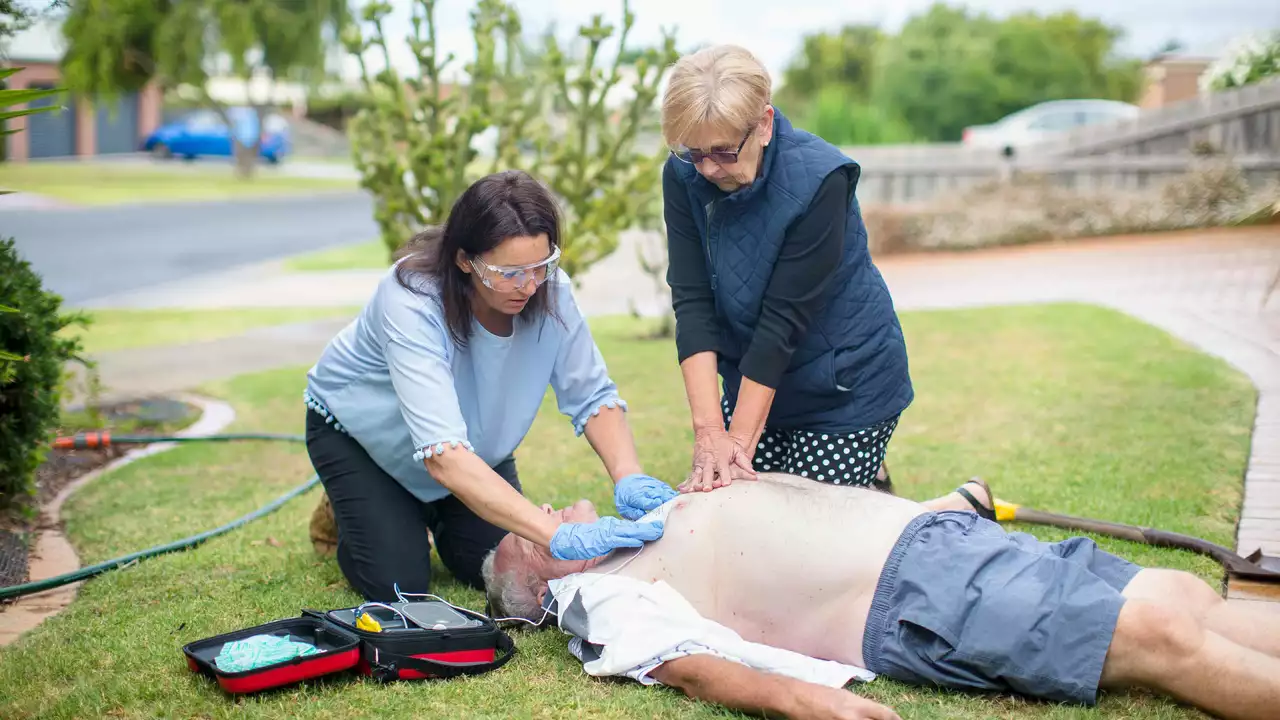Cardiac Arrest in Sports – Essential Facts and Safety Tips
When working with cardiac arrest, a sudden loss of heart function that stops blood flow to the brain and body. Also known as sudden cardiac arrest, it can happen to anyone, but athletes face unique risks because intense exertion can trigger hidden heart conditions. The broader category of sudden cardiac death, death caused by abrupt heart failure often overlaps with cardiac arrest cases on the field. Immediate CPR, cardiopulmonary resuscitation that keeps blood moving until a normal rhythm returns is the frontline response, while an automated external defibrillator (AED), a portable device delivering an electric shock to restore heart rhythm can dramatically improve survival odds. Regular athlete health screening, tests like ECGs and echocardiograms that detect hidden heart issues reduces the likelihood of an on‑field episode.
Why does this matter for sports fans and players? In the UK, about 12 young athletes experience cardiac arrest each year during competition, and most survive when CPR starts within the first minute and an AED is applied within three minutes. That statistic creates a clear semantic triple: cardiac arrest requires CPR, and defibrillator influences survival. The chain continues—effective cardiac arrest response depends on trained staff, accessible AEDs, and early recognition of warning signs such as fainting, chest pain, or unexplained fatigue. Clubs that invest in mandatory screening programs see a 30% drop in on‑field incidents, and leagues that mandate AEDs in all stadiums report a 70% increase in successful resuscitations. So, whether you’re a parent cheering from the stands, a coach planning drills, or a player pushing the limits, understanding these links helps you push for safer environments.
Explore the Latest Coverage
Below you’ll find a mix of match reports, interview excerpts, and analysis pieces that touch on emergency preparedness, player health policies, and real‑world stories of teams handling cardiac emergencies. The collection shows how clubs across football, rugby, and other sports are adapting protocols, how fans are being educated, and what the future of athlete health screening looks like. Dive in to see practical examples, learn from recent incidents, and get ideas you can share with your local club or community group.
How can you survive a sudden cardiac arrest alone?
Surviving a sudden cardiac arrest when you're alone can be incredibly challenging, but it's not impossible. First things first, you need to recognize the signs - chest pain, shortness of breath, and fainting. If you're experiencing these, try to alert someone nearby or call emergency services immediately. While waiting for help to arrive, you can attempt a 'cough CPR', where forceful coughing might help your heart to regain its normal rhythm. Remember, every second counts, so acting swiftly is the key to survival.
